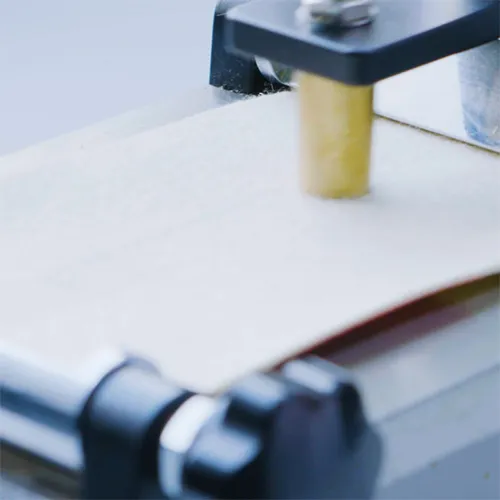Cost Analysis and Price Evaluation of Bag Dust Collector Filter Bag Materials
In the field of industrial dust removal, bag dust collectors are favored for their high dust removal efficiency and wide range of applications. As the core component of bag dust collectors, the quality, price and material of dust bags are directly related to the performance and cost of dust removal systems. This article will explore the price and material of dust bags in depth to help you make a wise choice.
Price Factors of Dust Bags
The price of dust bags is affected by many factors, including materials, specifications, production processes, market supply and demand conditions, etc. Generally speaking, the price range of dust bags is wide, ranging from tens of yuan to hundreds of yuan. For example, ordinary filter bags may only cost about 50 yuan, while imported or special material filter bags may cost more than 300 yuan.
1. Material: The material of dust bags is one of the main factors affecting the price. Different materials have different dust collection efficiency, temperature resistance, acid and alkali resistance, and wear resistance, so the prices are also very different.
2. Specifications: The size of the bag will also affect its price. Generally speaking, the larger the dust bag, the more materials it uses and the higher the price.
3. Production process: The process level of making dust bags will also affect their price. The production process of high-precision and high-uniformity filter materials is complex and the cost is relatively high.
4. Brand and supplier: Different brands and suppliers have different pricing strategies, which is also an important factor affecting the price of dust bags.
Common materials for dust bags
Dust bags usually choose different materials according to different working conditions. The following are several common materials and their characteristics:
1. Polyester: This is one of the most common filter bag materials, mainly used in dry dust removal environments. It has good wear resistance, dimensional stability and high cost performance, but low temperature resistance, generally not exceeding 130℃.
2. Polypropylene: Polypropylene is an ideal choice for wet or acid- and alkali-containing dust treatment. It is not only acid- and alkali-resistant, but also has slightly better temperature resistance than polyester, up to 160℃, but poor wear resistance.
3. Polyimide (PI): Also known as polyamide, it is a high-performance synthetic fiber with excellent high temperature resistance, which can reach 250-300℃. It is often used for high-temperature flue gas dust removal, such as coal-fired boilers.
4. Polytetrafluoroethylene (PTFE): PTFE filter bags have excellent chemical corrosion resistance and high temperature resistance (up to 280℃), and have a very low friction coefficient. They are the first choice for demanding dust removal occasions.

5. Glass fiber: Glass fiber is an economical and effective choice for occasions that require extremely high temperature resistance (up to 280-300℃). However, it is brittle and easily damaged by bending.
How to choose a suitable dust bag
When choosing a dust bag, the following factors should be considered:
1. Dust removal efficiency: Choose the appropriate material and pore size according to the dust particle size to be removed.
2. Operating temperature: Consider the operating temperature of the dust collection system and ensure that the selected material can withstand this temperature.
3. Chemical properties: Select materials with corresponding chemical resistance according to the chemicals that may be present in the dust collection environment.
4. Physical properties: Consider the physical properties of dust, such as abrasiveness, and select wear-resistant materials.
5. Economic efficiency: Make a choice based on the budget while considering long-term operation and maintenance costs.
The price and material selection of dust collection bags depend on the specific application scenario and needs. Understanding the characteristics and adaptability of different materials can help you make a more appropriate choice, thereby optimizing the performance of the dust collection system and reducing long-term operating costs. When purchasing, it is recommended to consult a professional dust collection system supplier for more detailed and professional guidance.















